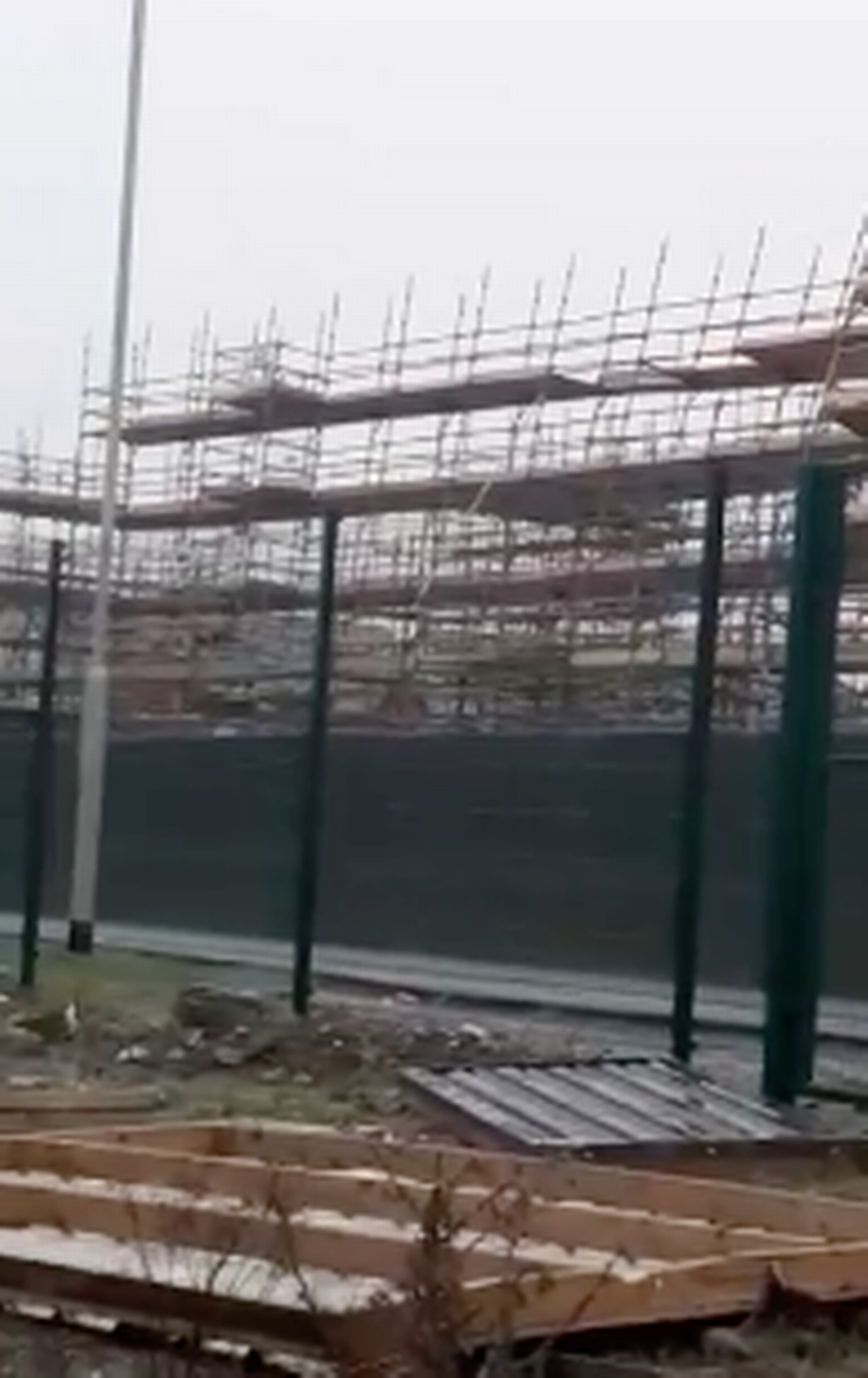Of the 46 reported fatalities reported to the HSA last year, 7 of these were a result of a fall from height. Following on the recent incident of a scaffolding structure being blown over by storm Brendan on January 14th, the topic of scaffolding and Risks associated have been a recent concern on construction sites and is evident in the fact that two safety Alerts have been sent out from the HSA in recent months..
Working at Height - Scaffolding
Working at Height - Health and Safety Blog by Donal Lenihan, Health and Safety Advisor
Scaffolding is a temporary structure which is used to support construction workers and the materials they use for the construction, repair and maintenance of buildings. Scaffolding accidents are a common workplace accident, that can cause injury to a construction worker, site visitor and pedestrian who are passing by. The materials used as well as the combined exposure to the elements means correct installation is vital. Various factors must be considered regarding the scaffolding choice and design:
- The scaffold should be laid out to reduce the gap between the building and the structure, except where guard rails will be erected adjacent to a structure.
- The standards should be positioned to avoid manhole lids or shallow drains, which may no longer be able to sustain scaffolding loading.
- Scaffolding contractors must provide a copy of the manufacturer’s guidelines to the main contractor.
- Regular and routine inspections of scaffolding components must be carried out to ensure the integrity of the structure is not compromised at any time.
For the case of the collapsed structure seen here it is clear from the height that the height was above scaffolders recommendation for installation without ties:
Ties connect the scaffold to the structure being built. Ties perform a dual function:
- They stabilise the scaffold to prevent it from falling towards or away from the building.
- They stabilise the individual scaffold standards to prevent them from bucking. As the load on a scaffold increases, more ties may need to be added to prevent the standards from bucking.
Any works outside of a standard design require a temporary works design, we have a number of responsibilities regarding the correct installation.
- The legal duty to coordinate the temp-works scaffold design lies with the PSDP.
- Flynn (Main contractor) has a legal duty to coordinate the installation of the design.
- For larger project a Temporary works coordinator must be appointed to assist the project supervisors in this, the temporary works Coordinator must be competent and is responsible for the installation of the Temporary works
- With all Design drawings, Calculation and temporary works design certs must be attached (these must all be sent to a consulting engineer/designer for approval).
Access to the scaffold:
- A safe means of access and egress to all working platforms on scaffold must be provided, it may include gangways, stairways, landings, ladders, ramps or hoists. Priority should be given to the installation of stairways where practicable, particularly when there is a high usage of scaffolding or where materials will need to be carried between lifts by hand.
Scaffolding code of practice 2018:
